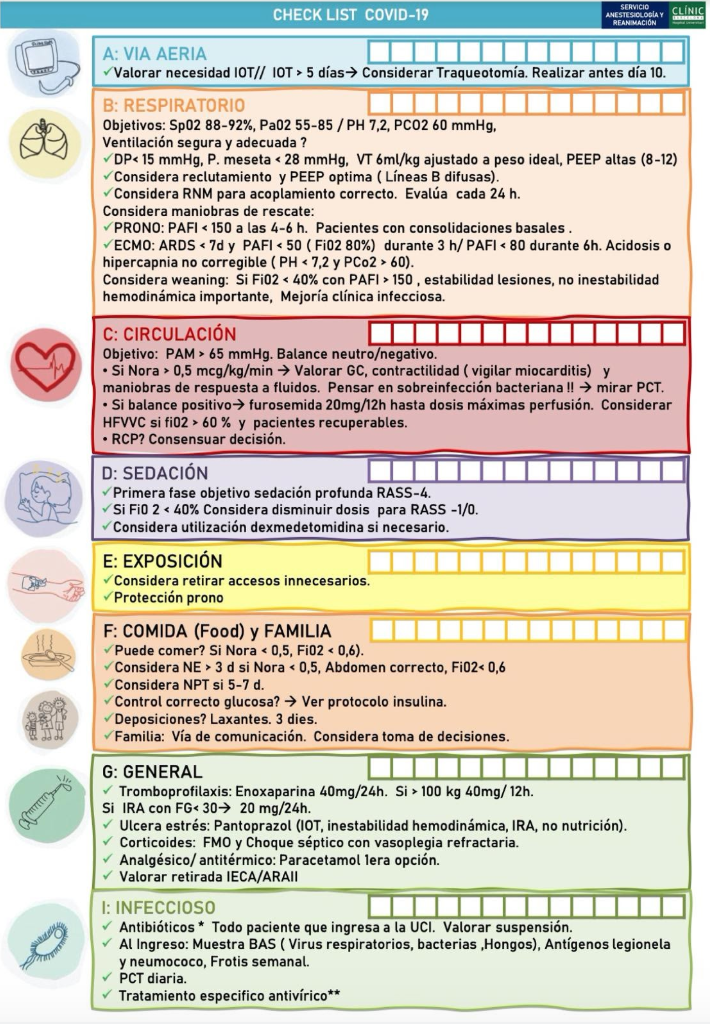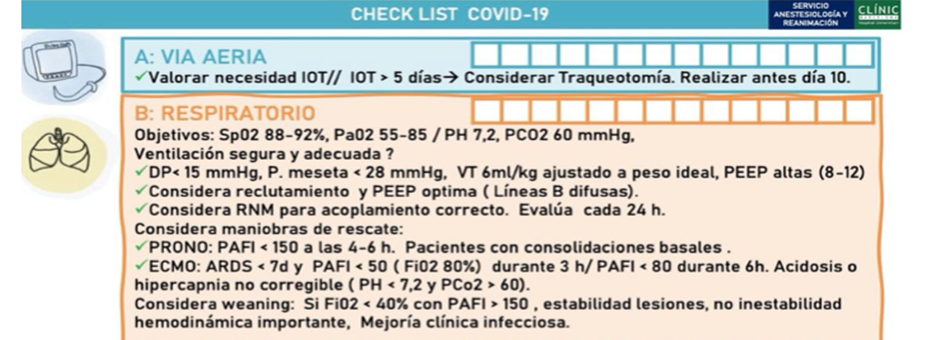By Cristina Adalid Fontcuberta, Flávio Battaglia, Denise Bennett, Oriol Cuatrecasas, Alice Lee, Dr Carlos Frederico Pinto and Dr Javier Sala Mercado.
This post is part two of a seven-part series featuring lean healthcare tips that hospitals can use today to support their battle against Covid-19. In the interest in sharing their lean thinking, the Global Lean Healthcare Initiative compiled the seven critical lean practices that healthcare teams have successfully deployed to cope with this crisis.
Read part 1: Designing the Patient Flow to Fight Covid-19
Visual management
- Share clear and visual work instructions for the critical steps in the process, so that everyone knows what to do and how.
- Place visuals at each bed to minimize the time to obtain the necessary information. The goal is to create visuals that provide needed information in seconds, at-a-glance.
- Use different color codes for areas, pathways, classifications to make clear the current standards, like the purpose of an area, can change quickly and pathways can be extended or reduced overnight. This way, everybody is kept up to speed with the evolving situation.
- Train professionals quickly using simple visuals.
- Incorporate visual management in your communication.
EXAMPLE 1 – AUSTRALIA The team in the Australian hospital has filled its “command centre” and surrounding corridors with whiteboards to increase transparency of planning. Now one can immediately see what is going on and what the team is up to, which helped with connection and dependencies. They combine this with regular huddles where they review key metrics, progress against visual master Gantt chart, critical work-in-progress and they address barriers. They visualize the work for today and allocate help. The staff’s FAQs are visualized, too, along with a status of supplies. All patient flows for COVID-19 are mapped and visual. They make changes in real time on the maps as they continue to develop their thinking on how these patients should be flowed and cared for. Other teams regularly go to see what they are working on, to test out thinking and contribute. Connecting silos of front-line and leadership planning has been made both more effective and efficient by making things visible.
EXAMPLE 2 – ARGENTINA In an Argentinian hospital, visual, easy-to-understand instructions on how to don PPE during Covid-19 testing are posted on the walls but also inside the testing kits (on the inside of the lid) – to ensure biochemists don’t miss any steps.

EXAMPLE 3 – SPAIN Checklist on each bed, to ensure professionals have all the information they need available at the place of work.






